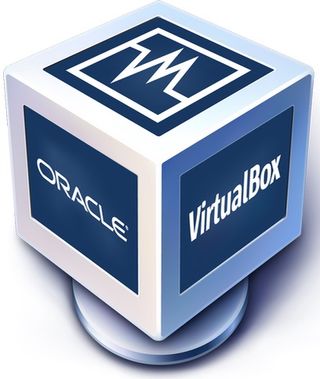Virtualization software makes it possible to run different operating systems on your computer. For Mac users, choosing a provider boils down to flexibility, compatibility, and whether you're willing to pay for the service. VirtualBox is an open-source option that's both powerful and frustrating, depending on your skillset.
First created by Innotek GmbH in 2007, VirtualBox has called Oracle home for much of its 13 years of existence. Having recently tested various virtualization options for Mac, including Parallels 15 and VMWare Fusion 11.5, my underlying conclusion about VirtualBox is that it's not for most people. However, it has just enough perks that open it up to consideration.

Price: Open-source, free for personal and educational useBottom line: If you embrace open-source software, need to run older operating systems on your Mac, or rather not pay for virtualization, VirtualBox is a good starting point.
Before moving forward, it's important to note this review looks at VirtualBox from the perspective of a typical end-user who probably doesn't have the time or desire to troubleshoot or better educate themselves about the virtualization process prior and after installation. Unlike developers and more technical users, these folks simply want the software to work and carry on with their day.
One of the advantages of using VirtualBox is its broad cross-compatibility. Unlike other virtualization options, VirtualBox hosting software is available for macOS, Windows, Linux, and even Solaris. Because of this, VirtualBox is ideally suited for Mac users who need to use Windows at home, but the reverse at work, for example.
VirtualBox's vast compatibility extends to the number of virtual operating systems it supports. For example, VirtualBox's Windows support extends all the way back to Windows 3.1, assuming you can find a copy of the 1992 software title. VirtualBox also supports macOS going back to Mac OS X Snow Leopard.
The software's all in approach, coupled with the sometimes volatile nature of open-source software, gives VirtualBox a somewhat unpolished look, however. This also makes it more prone to bugs and the occasional hiccup that might require advanced troubleshooting on your part. Who has time for this?

This rough design of VirtualBox itself makes it look older and less crisp than any other app on your Mac. On a positive note, VirtualBox 6.1, which arrived in early January, has improved the interface greatly, however.
Installation
For this review, I installed VirtualBox 6.1.2 on my 2018 MacBook Pro. For virtual machines, I selected the latest version of Windows and Ubuntu Linux 64-bit. Overall, I found the installation process somewhat easy to perform, although some of the prompts didn't make sense. Specifically, VirtualBox could do a better job of explaining the importance of each step in the process. Better still, the language used to explain any recommended settings should be expanded.
Finally, while VirtualBox supports a large number of operating systems (and versions), any assistance it provides in finding those systems to download, especially the older ones, is mostly lacking. If VirtualBox ever hopes to expand its reach beyond its ideal type of users, a good place to begin would be to improve documentation in this regard.
As things stand, the installation process, depending on your skill level, could quickly feel like an unwelcoming trip to Wonderland.
Verdict
Oracle supporters, IT professionals, developers, and anyone else who likes to play around with open-source software will almost certainly love using VirtualBox. For those folks, it comes highly recommended.
For everyone else, especially home-based non-techies, there's still nothing better than Parallels for Mac. The best virtualization software for most end-users keeps getting better because of its ease of use and just works design. A $100-per-year subscription to Parallels guarantees you'll always have the latest version. Better still, Parallels always releases its newest full release to coincide with the arrival of Apple's most recent macOS version. This means little downtime and hassle.

Bryan M. Wolfe has written about technology for over a decade on various websites, including TechRadar, AppAdvice, and many more. Before this, he worked in the technology field across different industries, including healthcare and education. He’s currently iMore’s lead on all things Mac and macOS, although he also loves covering iPhone, iPad, and Apple Watch. Bryan enjoys watching his favorite sports teams, traveling, and driving around his teenage daughter to her latest stage show, audition, or school event in his spare time. He also keeps busy walking his black and white cocker spaniel, Izzy, and trying new coffees and liquid grapes.
